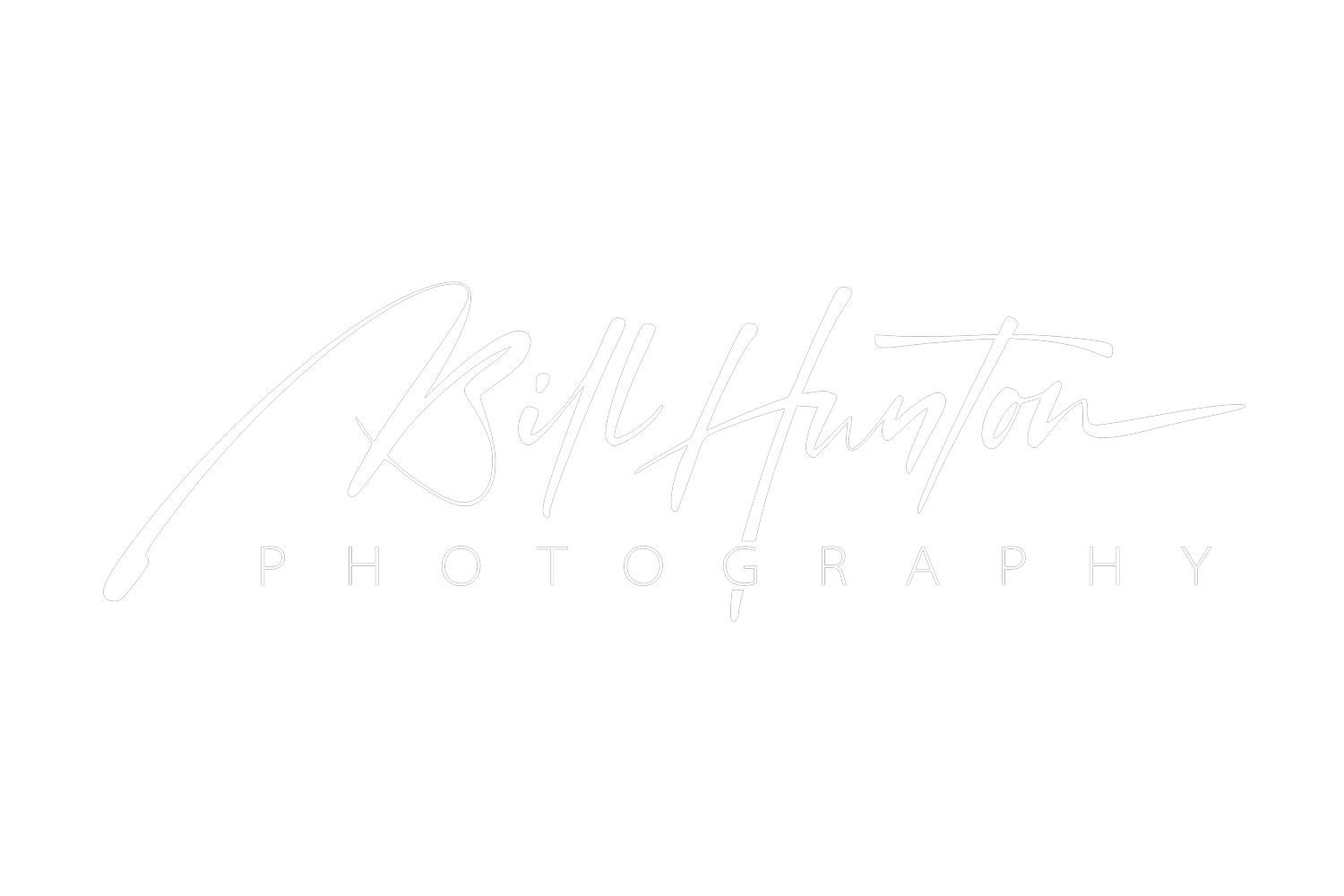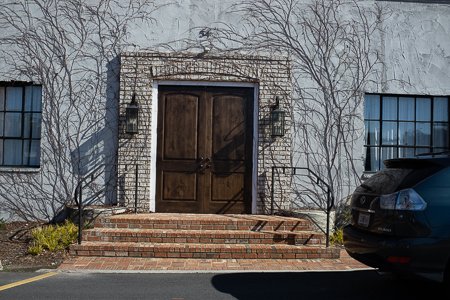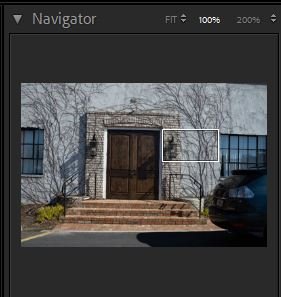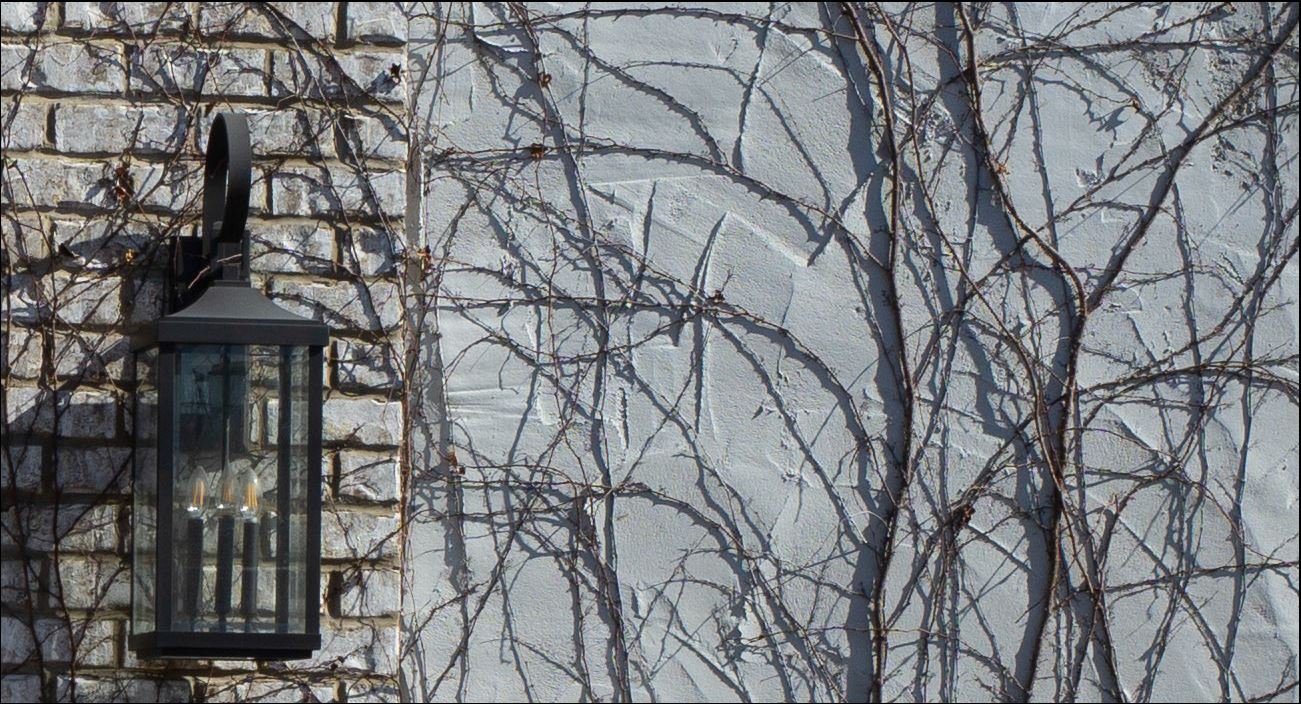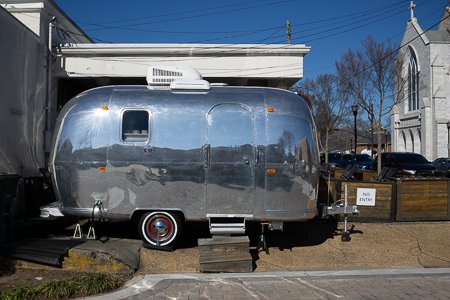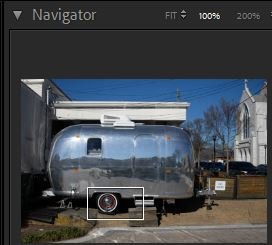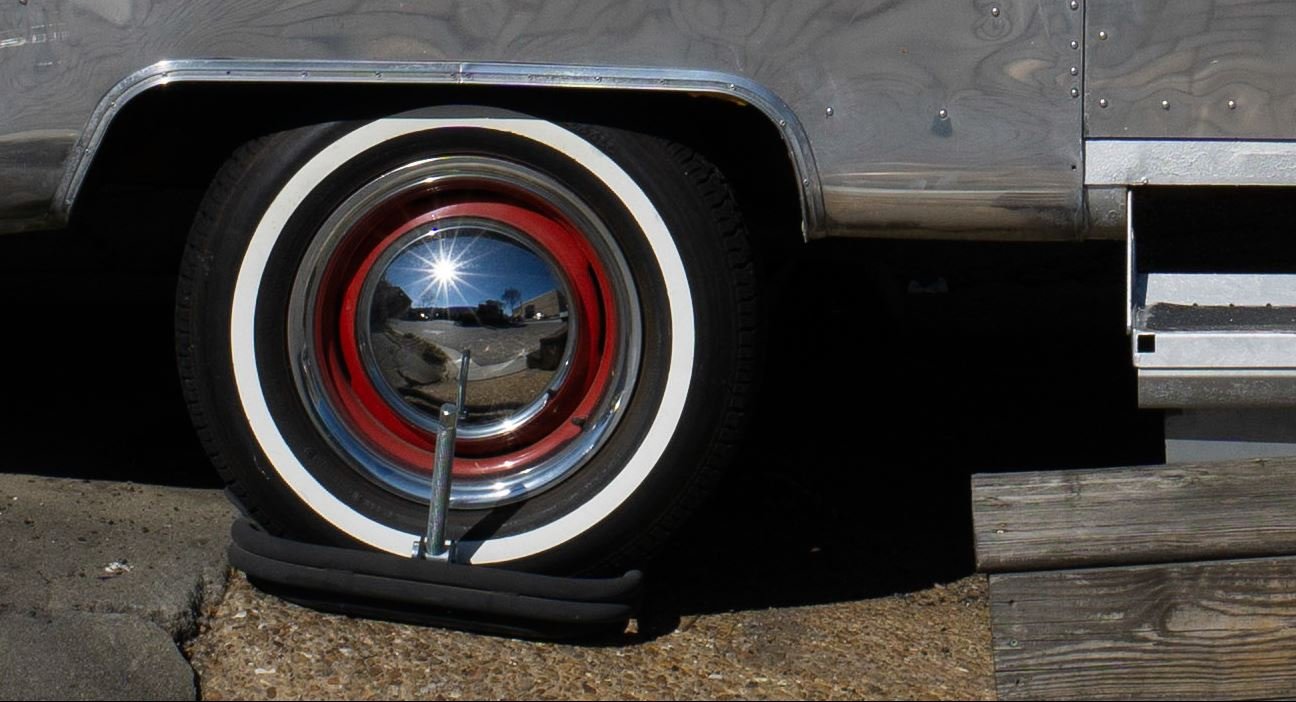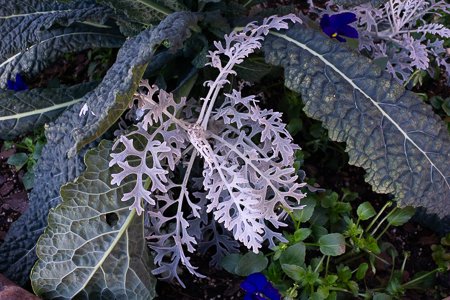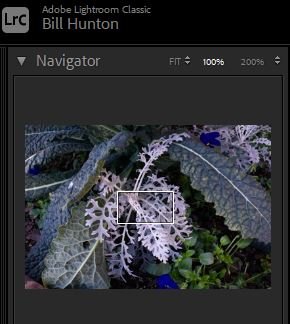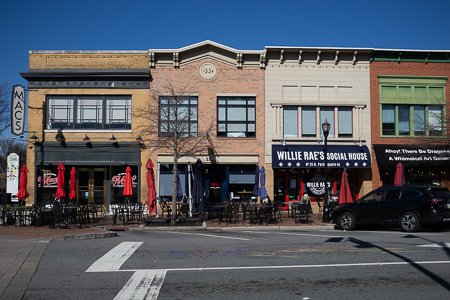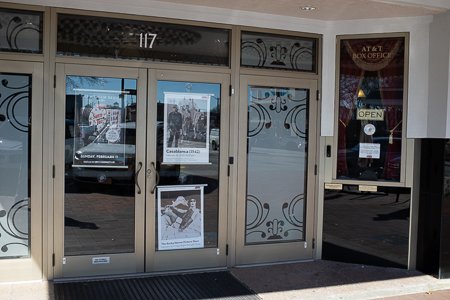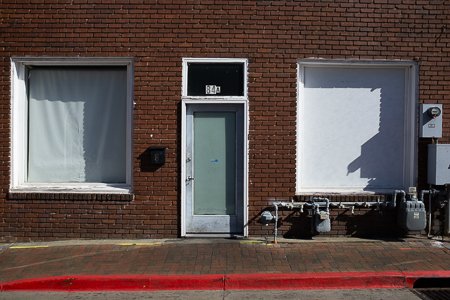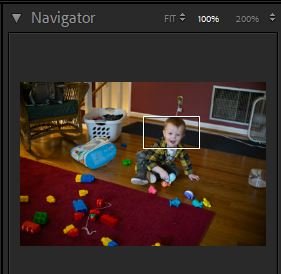Street Photography on the Cheap
I need to blog more, but I have so many different pursuits, I seldom get the time to do what I enjoy almost as much as photography; that is, write. However, to help my fellow photographers deal with our national obsession to devalue the dollar and inflate prices, which has made the once simple and relatively inexpensive joy of photography inaccessible to many, I felt an obligation to present an informal test of whatmay be the “best” street photography camera and lens combination currently available. That is, best depending on your requirement to keep your total expenditure below $1000.00. Just how much will my recommendation cost you, today, February 1, 2024? How does $427.00 (US) plus shipping and tax sound. How does a proven, reliable, flexible 24 megapixel, aps-c size sensor, fast focusing, extremely quiet, interchangeable lens, coat pocket sized camera with a prime 25mm f2.0 lens sound? How about a Sony A6000 coupled with the TTArtisan 25mm f2.0 lens?
Sony A6000 with TTArtisan 25mm f2.0 lens: Great Street Camera
Oh, but you crave a Fujifilm X100V. The Fuji X100V is superb. It’s got both an EVF and optical focusing viewfinder. It has all those film simulations. It is… ergonomic. It looks super sexy, especially in black. It out-Leicas Leica, some say. It is also aps-c and 26 megapixel.
The Sony A6000 has a viewfinder that is a bit squinty. The monitor “live view” is fair and usable. The biggest downside to this combination is that the TTArtisan is a manual focus lens and it transmits no information to the camera, which means one must use Sony’s focus peaking which can be very distracting and difficult to get used to. Sony’s “Focus Assist” is not available with the TTArtisan lens attached. However, peaking works very well, and is very reliable.
Despite the A6000 limitations the price to performance, or “bang for the buck”, is excellent. The price I reported for the A6000 is for a used body, in excellent condition, from KEH Camera Brokers, selling today for $372.00 plus sales tax and shipping. I have dealt with KEH for many decades and never had a major problem with them. The TTArtisan lens can be purchased from B&H Photo for $55.00, plus tax and shipping. Sadly, Sony discontinued the A6000. However, you can still find old stock, new-in-box A6000 and kit lens, the excellent 16-50 f/3.5-5.6 OSS Lens in the $600-700 range. Try eBay. Even at that, the A6400 and A6600 bodies are available brand new and with the TTArtisan 25 f2.0 lens, you will still land at or below $1000 total. That is still $400 less than a brand new Fujifilm X100V. I am using B&H as the store in these examples.
I have used my A6000 for several years. The e-mount is even more flexible than the Nikon F or Pentax K mounts in terms of lens availability. There is no shortage of fully compatible autofocus and manual focus lenses, as well as adapters for Leica, Canon, Nikon, and Fuji lenses.
I don’t understand why the Sony Alpha bodies do not appear more often among street photographer’s choice cameras. The autofocus on the A6000 is 10 years old, and it still is one of the fastest even compared to newer brands. It’s image processing is excellent to.
I should mention my street photography shooting method. By the way, all videos and instructions I have seen say that with a manual focus lens transmitting no lens data, that you must shoot your A6000 in manual or aperture priority mode. No that is absolutely not true. I shoot at any aperture and any shutter speed, automatically, by setting the camera to either Program mode or Superior Auto mode, and (this is important) setting the ISO to Auto. I can set the lower ISO and maximum ISO within the range of values I want. I can then set my shutter speed at 250th a second, and my aperture anywhere I like, and change it on the fly, and the Sony A6000 will adjust the ISO to capture a perfectly exposed image. I don’t have to wrestle with the camera in manual mode which is especially important for street photography. I do not know if Sony got rid of this feature in their more recent bodies to force people to buy their expensive OSS lenses. With the A6000 it works perfectly. The only downside is that your aperture is not recorded in the EXIF data, but your shutter speed and ISO are recorded.
Let’s look at some photographs taken with this combination. I am presenting JPG images directly from the Sony ARW (RAW) files without any other manipulation. The sunlit images the aperture was f8 or f11, ISO varied 100-125 and shutter speed stayed at 1/200th. The shadowed images were f5.6, shutter speed 1/200th, and ISO 1000. The photo of my grandson playing were f2.8, shutter speed 1/200th, and ISO 2000. You see how the ISO varied while the shutter speed and aperture stayed the same for a given lighting.
I also present some 100% magnifications. Sharpness to me is not as important as contrast, shadow values, and similar attributes. However, sharpness is the attribute most people are interested in. The lens went soft at wider apertures, but it didn’t really appear except at higher image magnifications. There’s something else I want to show you too - you’ll have to scroll down. So here are a few photographs.
These three images show the general sharpness and contrast of the lens and how the A6000 processes the image.
What do you see here from this $55.00 lense, a star pattern from the sunlight reflected in the hubcap. You pay a lot of money for a Leica lens that does that (and Leica lenses are fabulous)
This shows the closeup capability of the TTArtisan. I was about 2 - 3 feet from the plant.
Do you recognize what you do not see here? I don’t see any noticeable barrel or pincushion distortion.
Here you can see the image gets a bit soft. The shutter speed was 1/200th, the aperture was f2.8, and the ISO was 2000. The image is still acceptable as far as I am concerned,. After all, he is my grandson.
If you are a photographer on a strict budget, which I am, I recommend you take a close look at buying a used Sony A6000 and a TTArtisan 25mm f2 lens. (Again, I do not know how the A6400 or A6600 perform.) The A6000 is solid, reliable, and you get automatic features with a strictly manual lens if you set up the camera correctly. The lens is distortion free, sharp, with good contrast, and good closeup capability. The only softness I saw was in low light, high ISO, and wide aperture. You definitely cannot beat the price of this combination.
